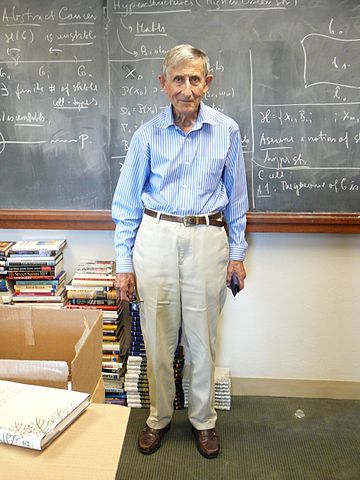
A study on the influence of climate change on human evolution
An article published in the journal “Nature” reports the results of a research on the correlation between climate changes that occurred over the last two million years and the evolution of human beings. A team of researchers led by Axel Timmermann, director of the IBS Center for Climate Physics (ICCP) at Pusan National University, South Korea, used ICCP’s Aleph supercomputer to simulate climate history. The results were compared with the largest database of human fossils and archaeological artifacts built under the direction of Pasquale Raia of the University of Naples Federico II, Italy. The result was that the best habitats for the human species that existed in these two million years match the climatic changes caused by the oscillation of the Earth’s axis and the periodic changes in the shape of the Earth’s orbit.





